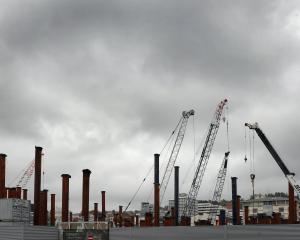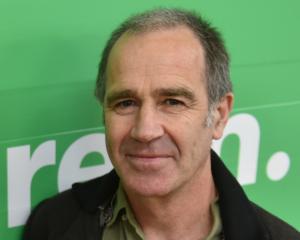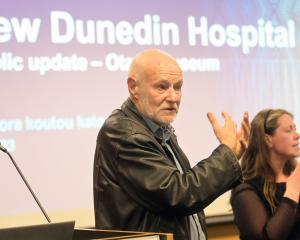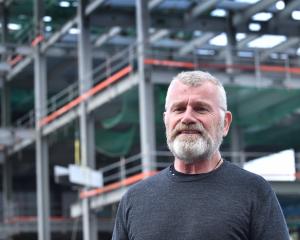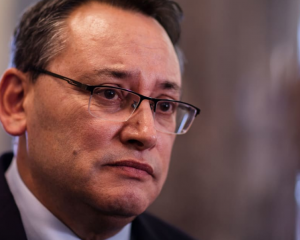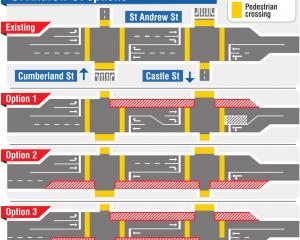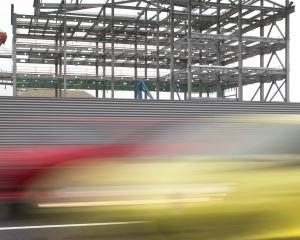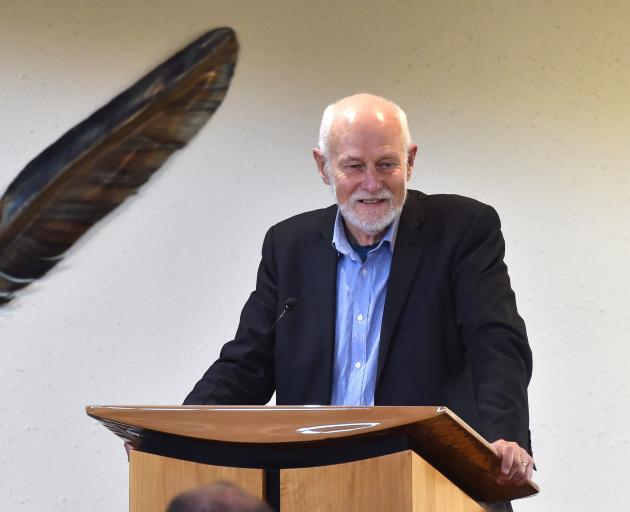
My summer has been punctuated by people asking me what is really going on at the new Dunedin Hospital? There has been some accurate reporting, some inaccurate information on hospital beds, some quoting from earlier documents now seriously out of date, some politicking, some genuine concern, and quite a lot of confusion.
This is our public hospital. I think the public are entitled to a clearer picture of what is, and is not, being built.
This article includes my personal opinion. So, it is important that the reader knows I have no construction experience and nor am I a clinician. That said, I have been the Minister of Health, the Chair of the Southern DHB and I have chaired or served on both the governance group for the new hospital, and the local advisory group, for the past five years. I consider myself a well-informed lay person.
The business case for the new hospital was passed by Cabinet in 2021. About three years of analysis and planning had gone into the process. The business case was very detailed and the design of the hospital was well under way. Therefore the cost estimate of $1.47 billion was thought to be well informed.
Not so. An unusually large and sudden cost escalation of about $200 million soon arrived, courtesy of Covid, global commodity price rises, shipping delays and costs, and more recently the impact of the war in Ukraine.
The normal ways of meeting cost increases by reducing the specifications of the project and using contingency funding were never going to cover such a big cost escalation. So the Government acknowledged that the business case would need to be altered by reducing the specification, but also by increasing funding.
In December, the Government announced savings of $90 million and an increase in funding of $110 million, taking the total cost to $1.58 billion.
The savings, or cuts, of $90 million have been the source of much public discussion. So let’s explore each of the concerns in turn.
There has been no reduction in bed numbers except for 12 mental health services for older people [MHSOP] beds. The reduction, from 24, has been made because, locally, managers and clinicians are asking whether some patients would be better off being cared for in the community.
There are no straightforward answers. These patients are sometimes very unwell and need close care but equally hospital isn’t a great place for someone to spend a whole lot of time. As a comparator, Southland hospital has no MHSOP beds. Probably, Dunedin does too much and Southland too little.
In my view, this is an entirely sensible cut. The additional 12 beds will be shelled, and will be fitted out in the future if the need arises.
One area of saving which has received no publicity is the reduction in single bed rooms with their own ensuite. The business case had about 75% of all beds designed as singles; the new design has only 62%.
There is no right answer here. Single patient rooms obvious cost more and deliver more privacy, but of course some patients prefer company. The current hospital has rather few single rooms; nearly everyone is in a four bed configuration. I suspect 75% was a tad high; the new Whangarei hospital looks like it will have 50 %. But I don’t really know what the right figure is.
I am not at all troubled by the delay to the installation of a PET scan. It is a newish imaging technology available only in the private sector in New Zealand. So installing the public sector’s first ever PET scan in Dunedin, rather than Auckland, makes little sense. Demand, currently modest, will grow over time.
A PET scan in Dunedin would be timely say 10 or 15 years after opening when we are due to relocate the oncology services from the corner of Hanover St.
Mothballing the third MRI until we need it makes good sense to me. We have only just installed a second one in the last twelve months; a third one surely won’t be needed for a while.
The 28 surgical spaces have been reduced to 26. This includes 18 general operating theatres, down from 20. Of the 18, 15 will be open on day one and the other three will come on line as the need grows. The current hospital has 12. The main reason that change became possible is the growing trend towards 10-hour surgical days rather than 8-hour days. In other words the very modelling that told us to build 20 is already becoming outdated.
Importantly the theatres are all being built large enough to accommodate many bits of modern kit and are well supported by ample preparation, recovery and storage rooms.
• In his second article in Monday’s Otago Daily Times, Mr Hodgson will explore some of the things that have not been in the public purview, but should be, and some of the things he is a bit grumpy about.

